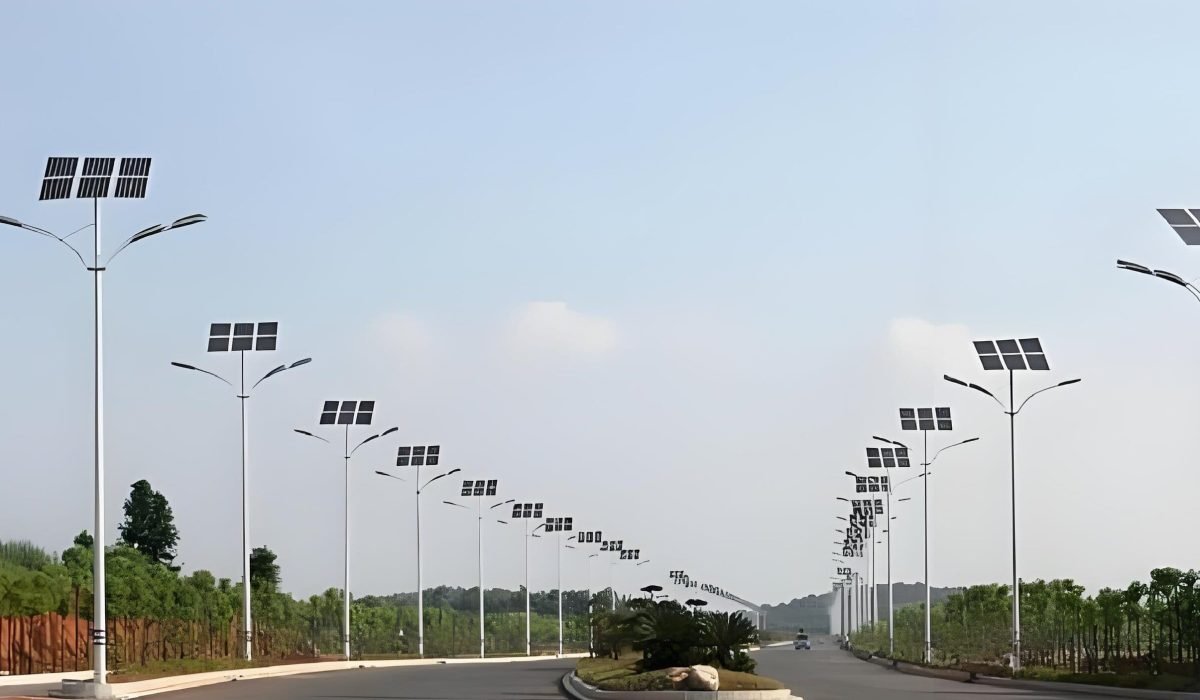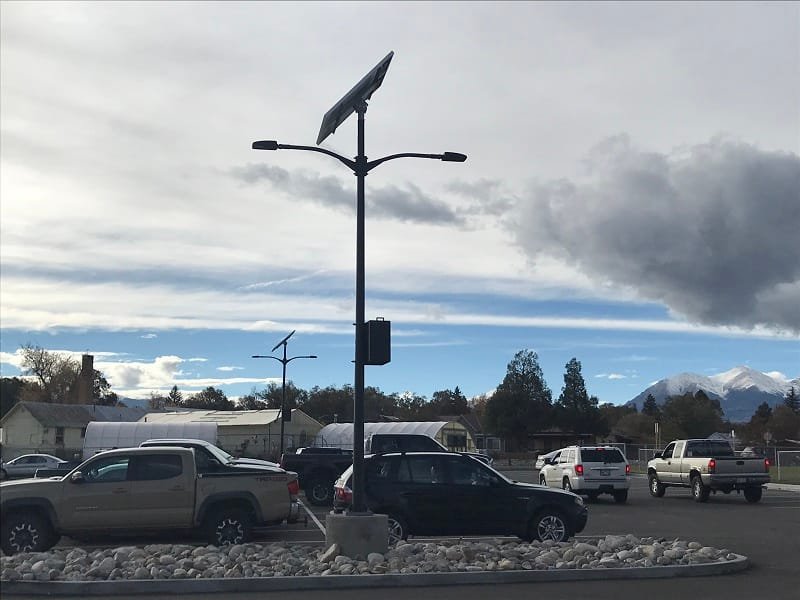It wasn’t during a pitch meeting or procurement workshop that it hit me. It was on a dusty roadside in Lira, Uganda, where I watched a group of school kids huddle beneath a solar street light to finish their homework—because their homes had no electricity. That moment shifted my entire outlook on what infrastructure really means in African communities. Sometimes, one light pole isn’t just a product. It’s the only reason someone feels safe, seen, or capable of moving forward.
Over the past 15 years, I’ve managed solar street light projects projects from Kisumu to Gulu, working with everyone from district engineers to village elders. What I’ve learned is this: success has less to do with wattage and specs, and more to do with understanding the human context behind every installation.
So instead of a perfect sales pitch, this article is a walk-through based on real decisions, mistakes, and lessons from the field. Whether you're bidding on a government tender or planning a township upgrade, here’s what you need to know—beyond the brochure.
What Exactly Is a Solar Street Light? (And What It’s Not)
A solar street light is an independent outdoor lighting system powered by sunlight—simple in theory, but layered in execution.
On paper, it’s a self-contained unit with a solar panel, lithium battery, LED, and controller. No wiring. No monthly bills. Just light. But here’s what I wish someone told me early on:
- You don’t always need the biggest battery. In dry northern Kenya, even 30Ah setups lasted surprisingly long during dry season thanks to cloudless skies.
- We once deployed 100 units in a district without checking dust levels—panel output dropped by 40% within two months due to uncleaned surfaces.
Most folks assume solar means set-it-and-forget-it. It doesn’t. It means fewer headaches—but smarter planning.
So, How Do These Lights Actually Work?
In short: the panel absorbs sun during the day, the battery stores it, and the controller turns on the LED at night—automatically.
But "automatic" isn’t always effortless. Here’s our usual workflow—though trust me, no site is ever as textbook as it sounds:
-
Daytime Charging
- Panel captures sunlight → converts to DC power
- MPPT controller maximizes current (we prefer MPPT for better ROI)
- Charge stored in LiFePO4 or lithium-ion batteries
-
Nighttime Operation
- Light turns on at dusk based on preset logic
- Dimming and motion sensors (if used) kick in
In our Moroto pilot, motion sensors helped reduce energy use by 35%—which let us downsize the battery spec and save on cost.
What Kinds of Solar Street Lights Are Out There?
Forget the catalogs. On the ground, we categorize by how components are arranged and how tough the site conditions are.
🔹 All-in-One Systems
Everything is in one unit—panel, light, battery, controller.
- ✅ Easy to install (30 mins per unit)
- ❌ Limited heat dissipation
- Best for: Villages, school yards, and paths with little vandalism
🔹 Split-Type Systems
Panel and light are separate.
- ✅ Flexible tilt, better airflow
- ❌ Slightly more complex install
- Best for: Highways, town centers, and windy areas
🔹 Semi-Integrated (The Middle Ground)
- ✅ Looks neat, performs well
- ✅ Often better balance of cost and output
While the spec sheet makes it seem like split-types are always superior, we’ve found semi-integrated systems deliver better long-term ROI in places like Eldoret, where maintenance cycles are harder to guarantee.
What Makes Solar Street Lighting Worth the Investment?
Solar lighting isn’t just about saving electricity. It’s about reducing friction for governments, utilities, and communities alike.
Here's what keeps decision-makers coming back:
- No grid extension costs — In Turkana, we avoided $80,000+ in cable trenching by going solar.
- Instant deployment — We’ve installed 120 units in under two weeks in refugee camps where grid access was years away.
- Safety impact — In Nakuru, petty theft reports dropped 40% within 3 months after installation on market roads.
- Zero monthly utility bills — For county governments, that alone justifies the capital spend.
That said, solar doesn’t fix everything. In dense urban areas, light poles often double as trash dump markers. No tech can prevent misuse without local buy-in.
Where Do Solar Street Lights Work Best?
Over the years, we've tested lights across terrain, climates, and use cases. Here’s what we've learned—not from specs, but from mistakes.
- Village roads & schools: The most grateful users are often students and women traveling at night.
- Peri-urban districts: Places where grid is patchy and theft is high—solar with anti-theft screws is a must.
- Emergency sites: In Bidi Bidi refugee settlement, lighting doubled as a security measure for vulnerable groups.
- Construction zones: We’ve even reused lights from temporary sites after decommissioning—zero waste.
In one mining area in DRC, a client repurposed street lights as remote-area work lamps—something no one on our side planned for.
How Do We Actually Install Them?
I wish I could say every install followed the perfect guide. But more often than not, we’re adjusting on the fly.
Here’s our usual sequence—adapted for reality, not manuals:
- Walk the site. Check for shading, vandalism risks, soil depth for concrete base.
- Foundation first. In sandy soils like Garissa, we use deeper anchor bolts to avoid pole tilt.
- Mount panel & light. Make sure orientation matches latitude—too many teams ignore this.
- Test system. Run diagnostics before final bolt tightening.
In one case in Kakamega, we had to re-orient 60% of the panels post-install because the local team mounted them facing west—not ideal.
Maintenance: Low Effort Doesn’t Mean No Effort
Yes, solar lights need less attention—but they’re not zero-maintenance. Here’s what we’ve standardized after too many call-backs:
Every 3–4 Months:
- Clean panels — Dust cut output by up to 25% in our Kisii project.
- Voltage check — Spot battery wear early
- Sensor test — PIR sensors often fail silently
Every 12 Months:
- Bolt check — Wind loosens things you never expect
- Software updates — For smart lights with monitoring modules
We once lost 12 poles in Narok due to foundation rusting—lesson learned: always galvanize, even in low-rainfall zones.
What Affects Solar Street Light Costs?
Everyone wants a price tag. But too often, that leads to false comparisons. It’s not just about wattage—it’s about site risk, lifespan, and reusability.
| Component | Influence on Price |
|---|---|
| Panel size | Larger = costlier mount & pole |
| Battery type | LiFePO4 adds upfront cost, lasts 2x longer |
| Smart features | PIR, timers, remote control = +$50–$100/unit |
| Pole height | 9m poles can double logistics & install cost |
| Theft resistance | Tamper-proof bolts, anti-vandal arms add marginal costs but save replacement expenses |
We’ve delivered 30W systems from $180 up to $400, depending on location and spec. Always quote with pole, transport, and install included—or you’re misleading the buyer.
Is Solar Always Better Than the Grid?
Not always. And anyone who says otherwise hasn’t done enough fieldwork.
| Factor | Solar Street Light | Grid Light |
|---|---|---|
| Power Source | Sunlight | Utility |
| Downtime | Minimal | Frequent in many counties |
| Monthly Opex | None | High |
| Upfront CapEx | Higher | Lower |
| Maintenance | Easier | Predictable with staff |
Truth is, solar excels in areas where grid power is weak or nonexistent. But in city centers with established utility teams, grid lights are still cheaper to maintain long-term.
In Kisumu CBD, we recommended hybrid systems—solar as backup for blackout zones, grid as the primary source. It saved the county 23% on energy while improving uptime.
What’s Next for Solar Lighting?
Things are moving fast. What we spec’d five years ago would be outdated today.
- Smart control systems now offer live performance data
- AI-adjusted brightness adapts light output based on real-time activity
- Carbon credit integration is becoming a legitimate funding path for counties
- Solid-state batteries are showing promise—though still expensive
But here’s a real-world gap: urban theft. In Kampala’s outskirts, we lost 18 panels in two weeks. No AI can fix that—yet.
Final Thoughts: Beyond the Light
We’ve installed over 6,000 solar street lights across East Africa. Some have failed. Some have exceeded expectations. But what stays with me is the impact we can’t measure.
A grandmother in Mbale who walks safely home from the clinic. A school that holds night classes. A boda boda driver who doesn’t risk an accident on a pitch-dark turn.
Maybe solar can’t solve everything. But in many places, one reliable light is the start of something bigger—trust.
Have a tricky project site or a budget that doesn’t seem to fit the need? Let’s have a real conversation. I don’t sell promises—I help plan outcomes.





